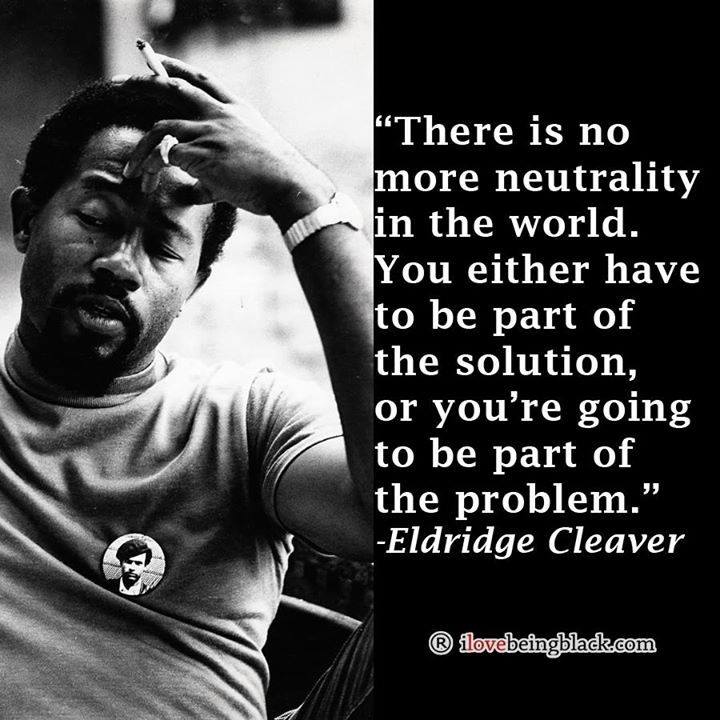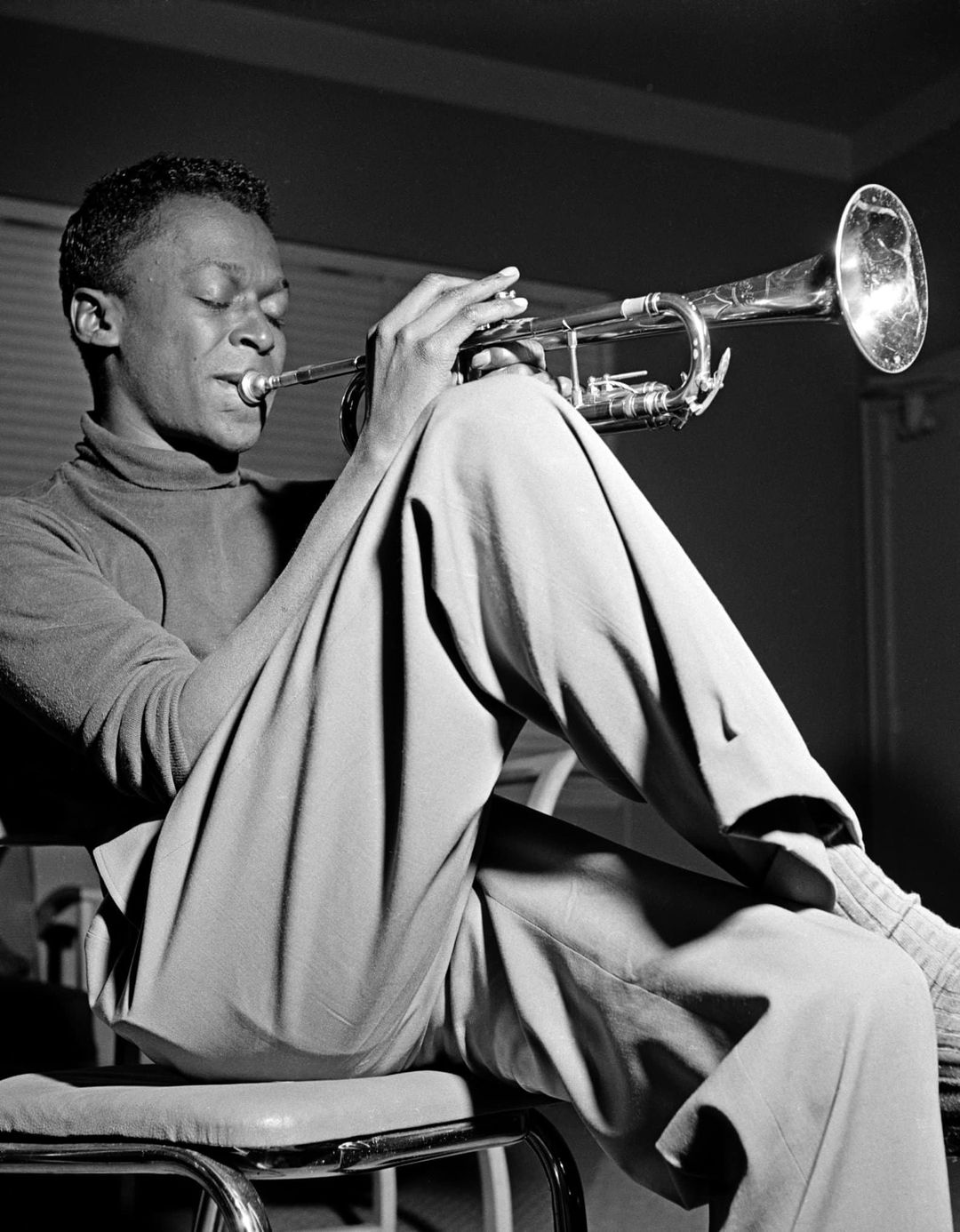Blog
James Edwards Yancey (February 20, c. 1895 – September 17, 1951) was an American boogie-woogie pianist, composer, and lyricist. One reviewer described him as “one of the pioneers of this raucous, rapid-fire, eight-to-the-bar piano style”. Jimmy Yancey was born in Chicago, Illinois, most likely in 1895.
more...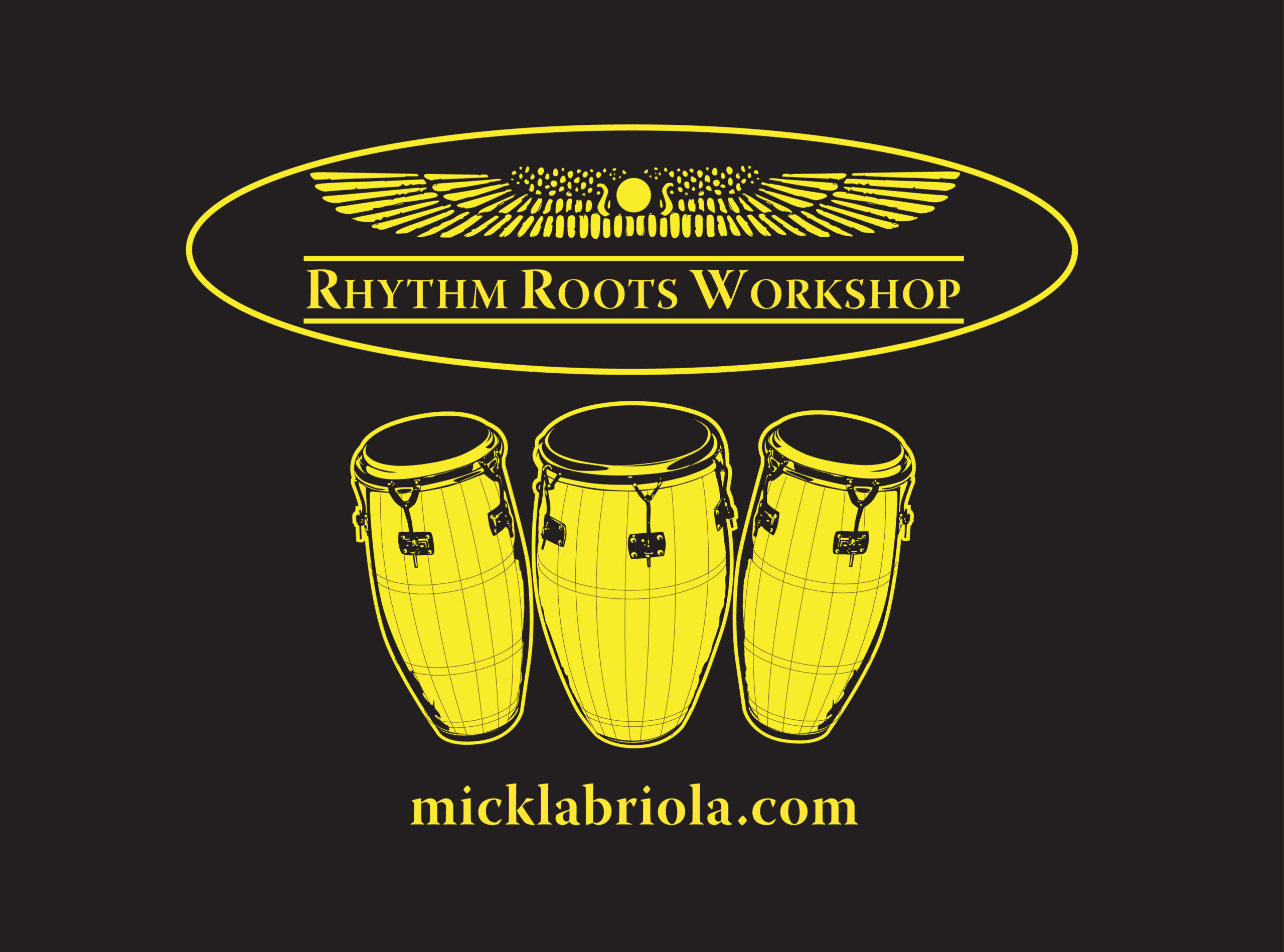
This image features IC 3476, a dwarf galaxy that lies about 54 million light-years from Earth in the constellation Coma Berenices. Whilst this image does not look very dramatic — if we were to anthropomorphise the galaxy, we might say it looks almost serene — the actual physical events taking place in IC 3476 are highly energetic. In fact, the little galaxy is undergoing a process known as ram pressure stripping, which is driving unusually high levels of star formation within regions of the galaxy itself. We tend to associate the letters ‘ram’ with the acronym RAM, which refers to Random Access Memory in computing. However, ram pressure has a totally distinct definition in physics: it is the pressure exerted on a body when it moves through some form of fluid, due to the overall resistance of the fluid. In the case of entire galaxies experiencing ram pressure, the galaxies are the ‘bodies’ and the intergalactic or intracluster medium (the dust and gas that permeates the space between galaxies, and for the latter the spaces between galaxies in clusters) is the ‘fluid’. Ram pressure stripping occurs when the ram pressure results in gas being stripped from the galaxy. This stripping away of gas can lead to a reduction in the level of star formation, or even its complete cessation, as gas is absolutely key to the formation of stars. However, the ram pressure can also cause other parts of the galaxy to be compressed, which can actually boost star formation. This is what seems to be taking place in IC 3476: there seems to be absolutely no star formation going on at the edge of the galaxy bearing the brunt of the ram pressure stripping, but then star formation rates within deeper regions of the galaxy seem to be markedly above the average.
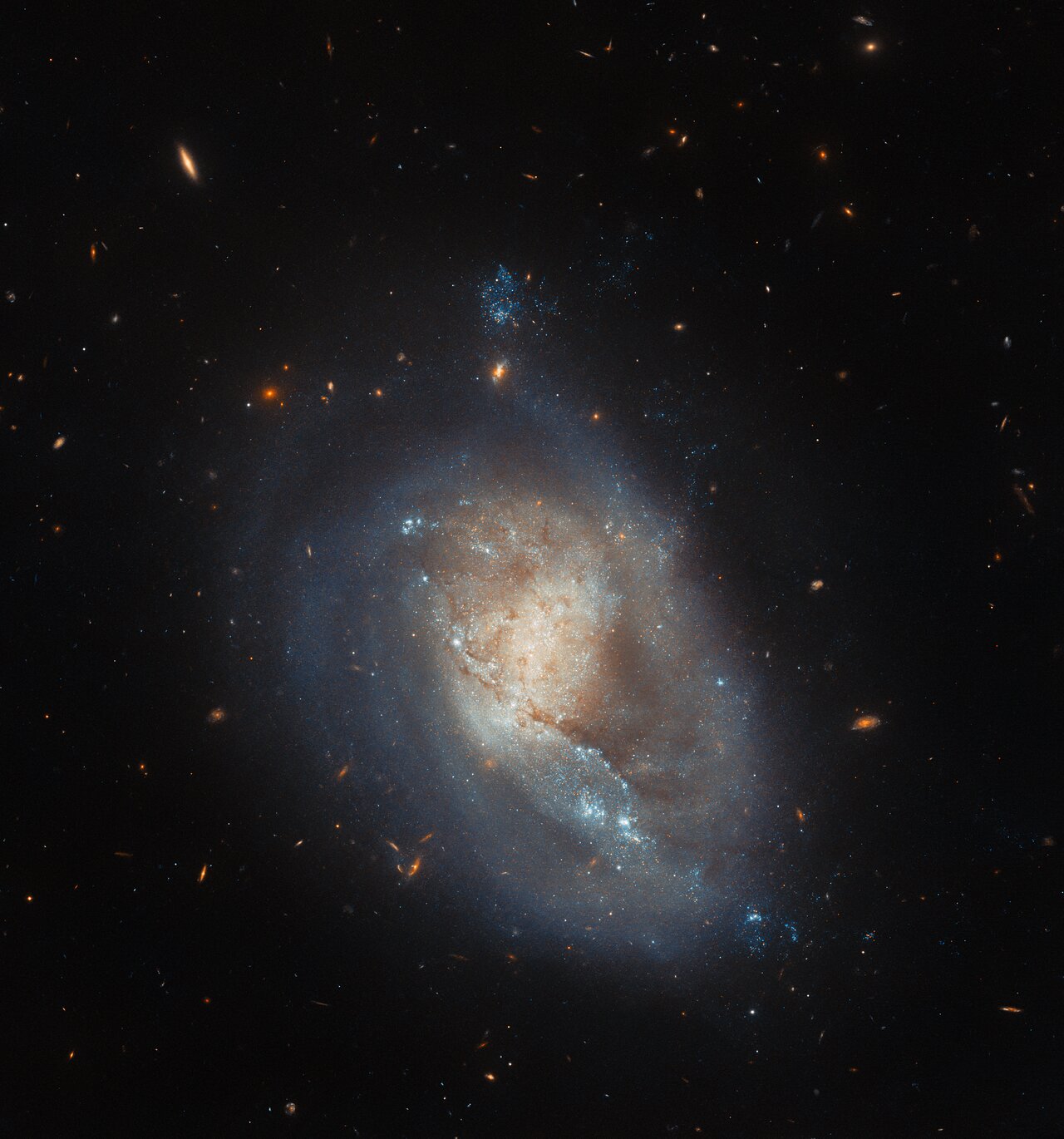
more...
Luigi Alfredo Giovanni Sacco (born February 19, 1943), known professionally by his stage name Lou Christie, is an American pop and soft rock singer-songwriter known for several hits in the 1960s, including his 1966 US chart-topper “Lightnin’ Strikes” and 1969 UK number-two “I’m Gonna Make You Mine“.
Christie was born Luigi Alfredo Giovanni Sacco on February 19, 1943, in Glenwillard, Pennsylvania,and grew up in suburban Pittsburgh.
more...William “Smokey” Robinson Jr. (born February 19, 1940 Detroit, MI) is an American R&B and soul singer, songwriter, record producer, and former record executive. He was the founder and frontman of the pioneering Motown vocal group the Miracles, for which he was also chief songwriter and producer. He led the group from its 1955 origins, when they were called The Five Chimes, until 1972, when he retired from the group to focus on his role as Motown Records vice president. Robinson returned to the music industry as a solo artist the following year. He left Motown in 1999.
Robinson was inducted into the Rock and Roll Hall of Fame in 1987 and awarded the 2016 Library of Congress Gershwin Prize for his lifetime contributions to popular music. He is a double Hollywood Walk of Fame Inductee, as a solo artist (1983) and as a member of The Miracles (2009). In 2022, he was inducted into the Black Music & Entertainment Walk of Fame.
more...Louis “Kid Shots” Madison (19 February 1899, New Orleans – September 1948, New Orleans)[1] was an American jazz cornetist.
Madison was born in New Orleans on 19 February 1899. He studied cornet under David Jones, Louis Dumaine, and Joe Howard. In 1915, he was the drummer in the Colored Waif’s Home band with Louis Armstrong. In 1923, he played second cornet with the Tuxedo Brass Band. During the 1930s, he played with the WPA brass band. In the 1940s, he played with the New Orleans Eureka Brass Band.
more...Arthur Hoag chanced upon this unusual extragalactic object. On the outside is a ring dominated by bright blue stars, while near the center lies a ball of much redder stars that are likely much older. Between the two is a gap that appears almost completely dark. How Hoag’s Object formed, including its nearly perfectly round ring of stars and gas, remains unknown. Genesis hypotheses include a galaxy collision billions of years ago and the gravitational effect of a central bar that has since vanished. The featured photo was taken by the Hubble Space Telescope and reprocessed using an artificially intelligent de-noising algorithm. Observations in radio waves indicate that Hoag’s Object has not accreted a smaller galaxy in the past billion years. Hoag’s Object spans about 100,000 light years and lies about 600 million light years away toward the constellation of the Snake (Serpens). Many galaxies far in the distance are visible toward the right, while coincidentally, visible in the gap at about seven o’clock, is another but more distant ring galaxy.
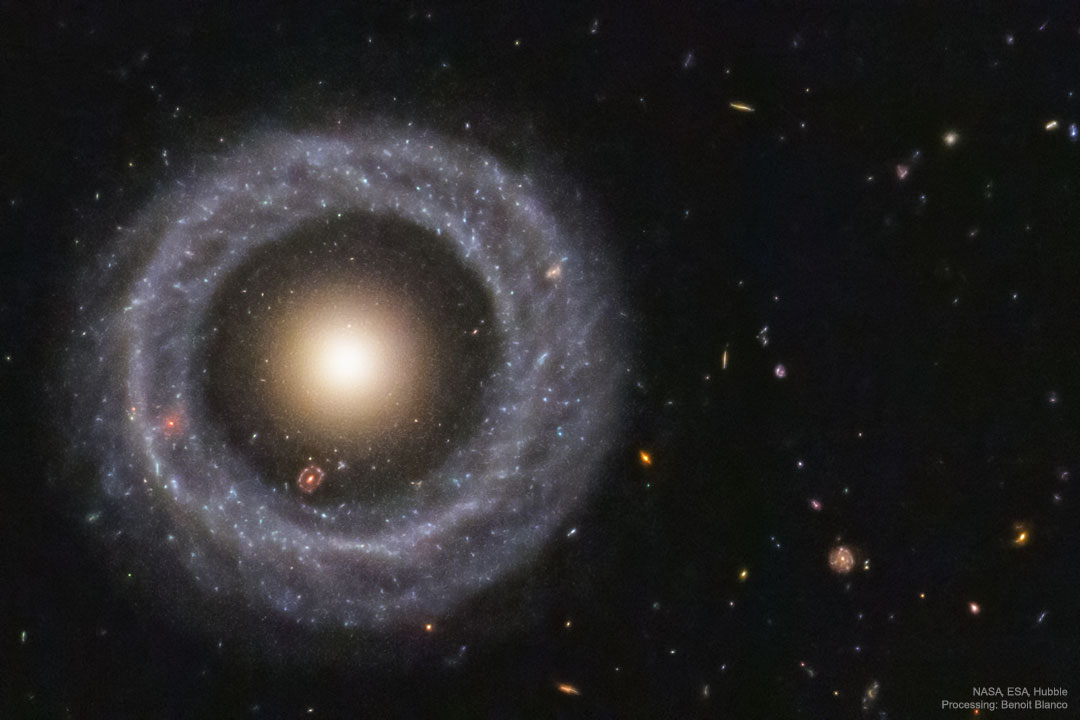
more...
Veronica “Randy” Crawford (born February 18, 1952 Macon, GA) is a retired American jazz and R&B singer. She has been more successful in Europe than in the United States, where she has not entered the Billboard Hot 100 as a solo artist. However, she has appeared on the Hot 100 singles chart twice. The first time was in 1979 as a guest vocalist on the Crusaders‘ top-40 hit “Street Life“. She also dueted with Rick Springfield on the song “Taxi Dancing”, which hit number 59 as the B-side of Springfield’s hit “Bop Til You Drop”. She has had five top-20 hits in the UK, including her 1980 number-two hit, “One Day I’ll Fly Away“, as well as six UK top-10 albums. Despite her American nationality, she won Best British Female Solo Artist in recognition of her popularity in the UK at the 1982 Brit Awards. In the late 2000s, she received her first two Grammy Award nominations.
more...Irma Thomas (Lee; born February 18, 1941) is an American singer from New Orleans. She is known as the “Soul Queen of New Orleans”. Thomas is a contemporary of Aretha Franklin and Etta James, but never experienced their level of commercial success. In 2007, she won the Grammy Award for Best Contemporary Blues Album for After the Rain, her first Grammy in a career spanning over 50 years.
Born Irma Lee, in Ponchatoula, Louisiana, United States, she was the daughter of Percy Lee, a steel chipper, and Vader Lee, who worked as a maid. As a teenager, she sang with a Baptist church choir. She auditioned for Specialty Records at the age of 13. By the time she was 19, she had been married twice and had four children. Keeping her second ex-husband’s surname, she worked as a waitress in New Orleans, occasionally singing with bandleader Tommy Ridgley, who helped her land a record deal with the local Ronlabel. Her first single, “Don’t Mess with My Man”, was released in late 1959, and reached number 22 on the US Billboard R&B chart.
more...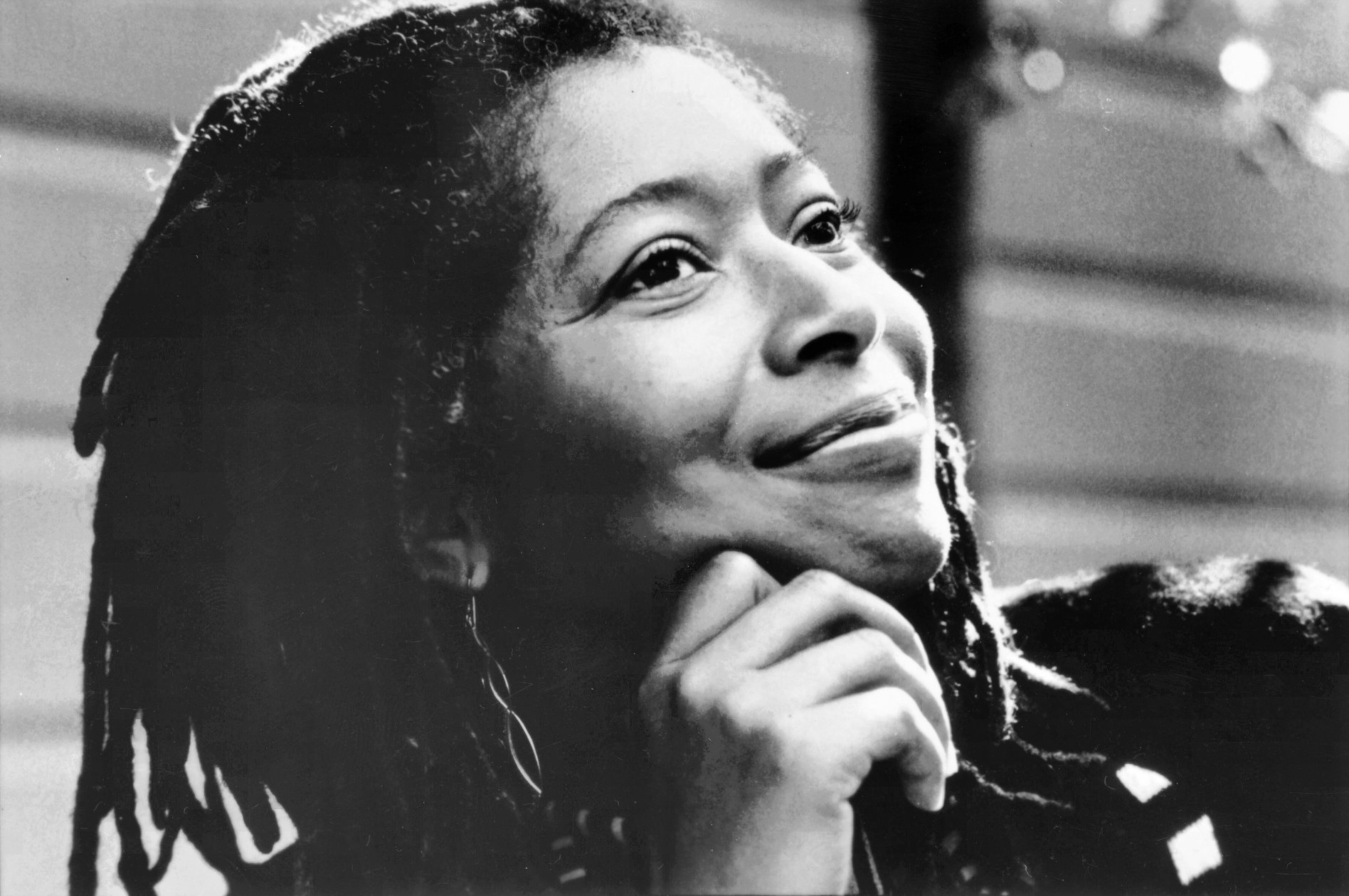
Heading for its next perihelion passage on April 21, Comet 12P/Pons-Brooks is growing brighter. The greenish coma of this periodic Halley-type comet has become relatively easy to observe in small telescopes. But thebluish ion tail now streaming from the active comet’s coma and buffeted by the solar wind, is faint and difficult to follow. Still, in this image stacked exposures made on the night of February 11 reveal the fainter tail’s detailed structures. The frame spans over two degrees across a background of faint stars and background galaxies toward the northern constellation Lacerta. Of course Comet 12P’s April 21 perihelion passage will be only two weeks after the April 8 total solar eclipse, putting the comet in planet Earth’s sky along with a totally eclipsed Sun.
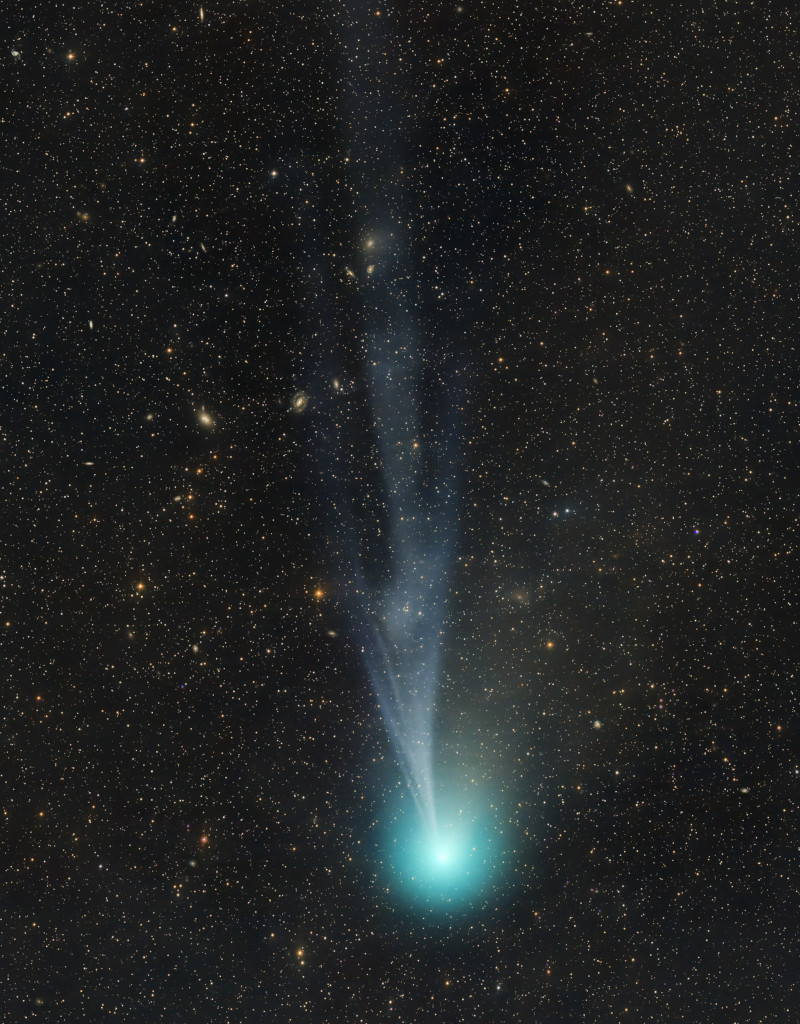
More Posts
- The Cosmos with Trapezium Cluster
- Stanley Clarke Day
- Andrew Hill Day
- World Music with Nico Kasanda
- Daily Roots with Hortense Ellis
- The Cosmos with M24
- Gilberto Gil Day
- Julian Priester Day
- World Music with Paco De Lucia
- Daily Roots with Alton Ellis & the Heptones
- The Cosmos with Sharpless 2-106
- John Medeski Day
- David Honeyboy Edwards Day
- World Music with Odpoczno
- Daily Roots with Ras Tweed
- The Cosmos with M8
- Johnny “Big Moose” Walker Day
- Elmo Hope Day
- Shad Collins Day
- World Music with Eleftheria Arvanitaki

